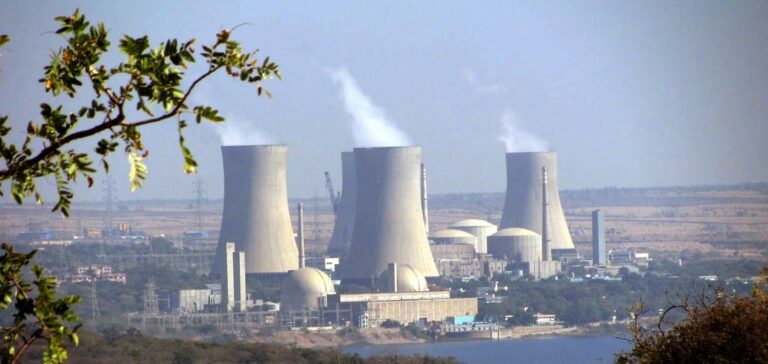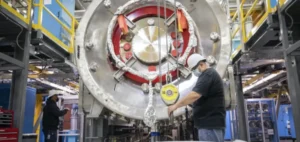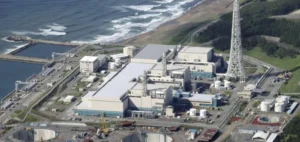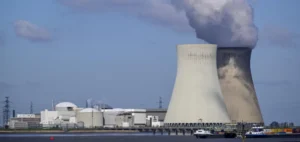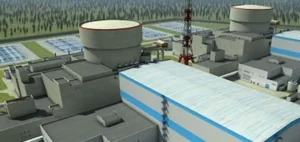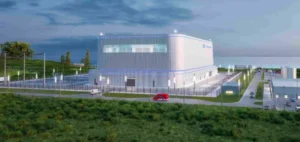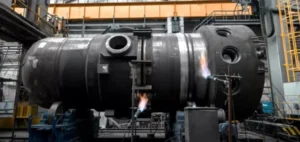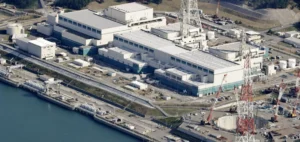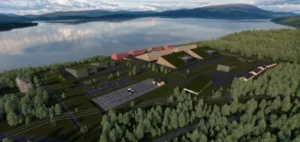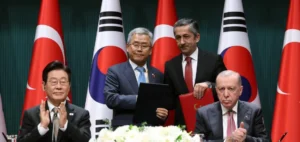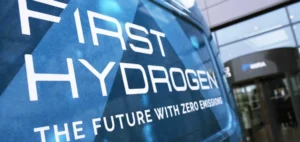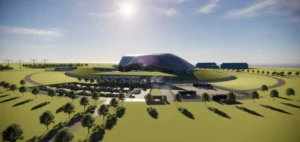The Atomic Energy Regulatory Board (AERB), India’s nuclear regulatory authority, has granted approval for the siting of four new nuclear reactors in Rajasthan’s Banswara district. The project, known as the Mahi Banswara Rajasthan Atomic Power Project (MBRAPP), involves the construction of Indian-designed pressurised heavy water reactors (PHWRs) with a capacity of 700 megawatts electric each.
A regulatory milestone for nuclear fleet expansion
This siting consent represents the initial formal stage in India’s nuclear facility licensing process. According to AERB, the approval requires extensive technical reviews, including geotechnical, hydrogeological, radiological impact, baseline natural background, and soil assessments. AERB confirmed that the location meets current regulatory standards, while noting that the project is still subject to environmental clearance from the competent authority.
The Mahi Banswara units are part of a fleet-mode development strategy encompassing ten reactors approved by the Indian government. This bundled construction model is aimed at reducing both time and cost. Other reactors in this programme include Kaiga units 5 and 6 in Karnataka, Gorakhpur units 3 and 4 in Haryana, and Chutka units 1 and 2 in Madhya Pradesh.
A project led by a public joint venture
MBRAPP is being developed by Anushakti Vidhyut Nigam Ltd (Ashvini), a joint venture between Nuclear Power Corporation of India Ltd (NPCIL) and National Thermal Power Corporation (NTPC). Approved by the government in 2024, the ownership structure allocates 51% to NPCIL and 49% to NTPC. The joint venture follows a 2016 amendment to the 1962 Atomic Energy Act allowing public-sector joint ownership of nuclear facilities.
Currently, only NPCIL and Bharatiya Nabhikiya Vidyut Nigam Limited (Bhavini) hold legal rights to own and operate nuclear power plants in India. The inclusion of NTPC through Ashvini marks a new financing and development model for future nuclear infrastructure.
Progress in India’s nuclear development plan
Two 700 MWe units at Kakrapar in Gujarat are already commercially operational. Rajasthan unit 7 was connected to the grid in March, and construction is ongoing on unit 8. These projects highlight acceleration in India’s civil nuclear programme, which aims for significant capacity growth in the coming decades.
Under the siting consent terms, the Mahi Banswara site approval is valid for five years. Subsequent regulatory stages, including construction and commissioning permits, are still required before work can begin.


